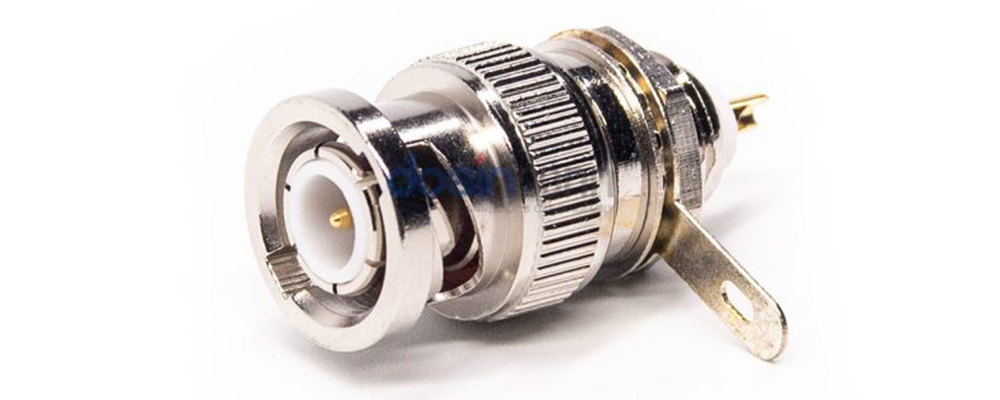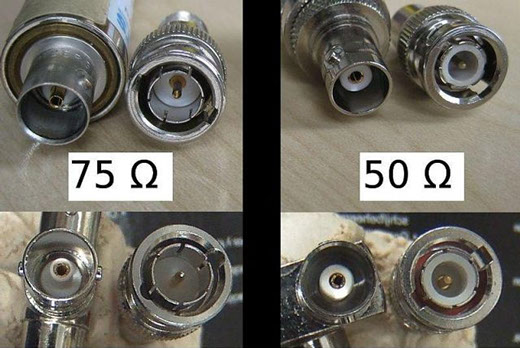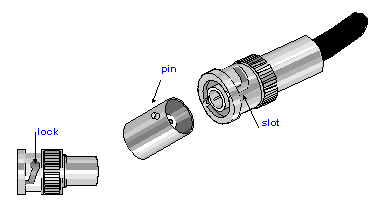The BNC connector was designed in the late 1940s by Paul Neill and Carl Concelman, who worked for Bell Labs. Its name is derived from the names of its two inventors and the connector’s unique physical structure. The BNC connector was initially developed as a quick-connect system that could replace the more cumbersome and less secure connectors.

Features of BNC connectors
BNC connectors are characterized by their use of a locking mechanism that resembles a bayonet-style lock. This locking mechanism allows for easy insertion and removal of the connector while maintaining a secure connection. The contact pin used in the connector is also designed to be highly conductive, ensuring minimal resistance to electrical signals.
One of the main properties of the BNC connector is its ability to handle high frequencies with minimal loss. This is due to the connector’s design, which allows for a constant impedance signal pathway between the coaxial cable and the connector. The connector impedance is typically 50 or 75 ohms, depending on the specific application.

Another essential property of the BNC connector is its durability. BNC connectors are designed to withstand harsh environments, including extreme temperatures, shock, and vibration. This makes them ideal for use in applications such as Harsh Environment and aerospace industries, where reliability and longevity are critical.
In terms of mechanical performance, the BNC connector is designed to provide a consistent connection that is resistant to wear and tear. The bayonet-style locking mechanism ensures the connector remains securely fastened during use, even when subjected to significant vibrations or movement. This feature makes it the preferred connector for applications that require frequent wear and tear.

In conclusion, the BNC connector has a rich history dating back to its invention in the 1940s. Its unique design, properties, and mechanical performance make it a highly versatile connector in many industries and applications. The BNC connector’s ability to handle high frequencies with minimal loss, durability, and secure locking mechanism ensures the reliable transmission of high-quality signals, making it an essential component of modern technology.
Application of DOSIN BNC connectors
One of the most common applications of the BNC connector is in CCTV systems. DOSIN BNC connectors are used to connect CCTV cameras to coaxial cables, which then transmit video signals to monitors or recording devices. The connector’s design makes it easy to install and remove, allowing for quick connections and disconnections.

Another application of the BNC connector is in the field of audio and video production. It is commonly used to connect video cameras, monitors, and audio equipment. The connector’s ability to transmit high-frequency signals with minimal loss makes it ideal for audio and video applications that require high-quality signal transmission.

Furthermore, DOSIN BNC connectors are used in many scientific and industrial applications, including oscilloscopes, spectrum analyzers, and signal generators. In these applications, DOSIN BNC connectors are crucial for achieving accurate measurements and ensuring reliable performance.

Finally, DOSIN BNC connectors are used in the aerospace and defense industries. Their ability to withstand extreme temperatures, shock, and vibration makes them ideal for Harsh Environment and aerospace applications.

In conclusion, the DOSIN BNC connector is a versatile connector used in a wide range of applicationsIts use in CCTV systems, audio and video production, scientific and industrial applications, and aerospace and defense industries makes it an essential component in modern technology.

